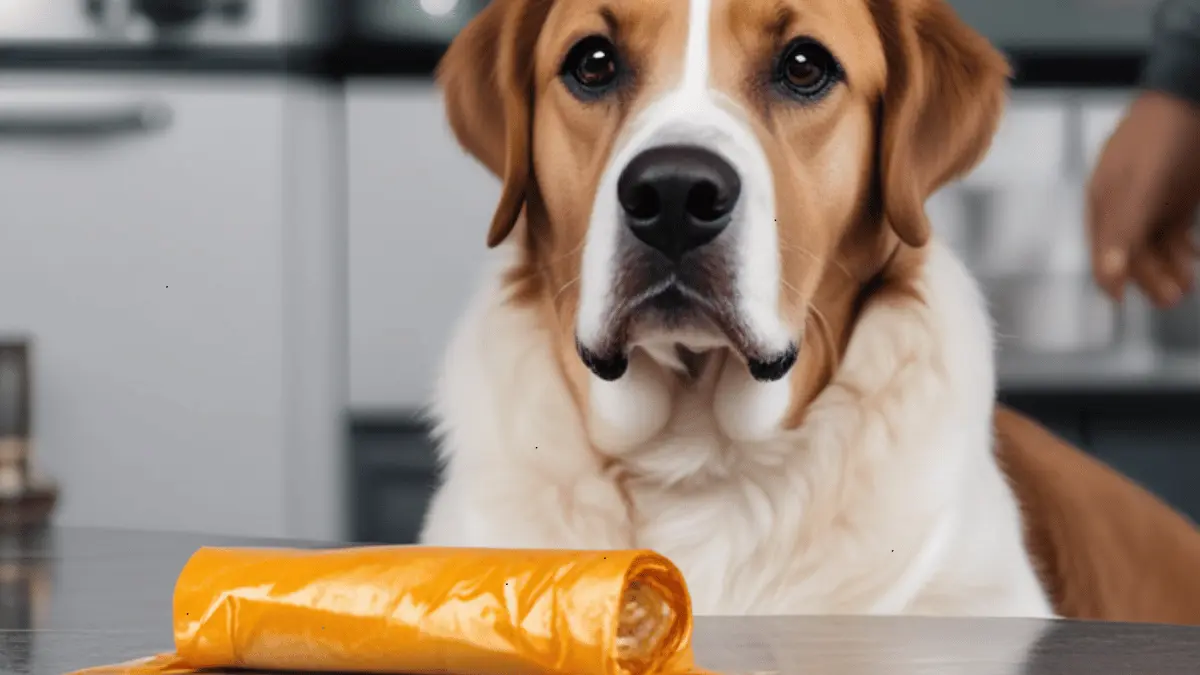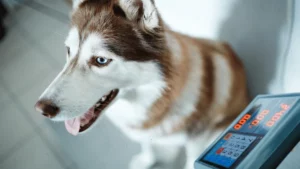How to Housebreak Your Puppy: A Step-by-Step Guide
Housebreaking a puppy can be a challenging but rewarding experience. With patience, consistency, and the right approach, you can train your furry friend to use the bathroom outside.
Understanding Your Puppy’s Needs
- Frequency: Puppies have smaller bladders and need to relieve themselves more often than adult dogs. Expect them to need to go every 1-2 hours, especially when they first wake up and after eating or drinking.
- Signals: Pay attention to your puppy’s body language. Signs that they need to go outside include circling, whining, or sniffing the floor.
Establishing a Routine
- Regular Potty Breaks: Take your puppy outside every hour or so, especially during the first few weeks.
- Consistent Schedule: Try to stick to a consistent schedule for potty breaks. This will help your puppy understand when it’s time to go outside.
- Positive Reinforcement: Reward your puppy with treats or praise when they go potty outside. This will reinforce the desired behavior.
Choosing a Potty Area
- Designated Spot: Choose a specific spot outside for your puppy to go potty. This will help them understand where it’s acceptable to relieve themselves.
- Consistency: Always take your puppy to the same spot for potty breaks.
Indoor Potty Accidents
- Clean Up Thoroughly: If your puppy has an accident inside, clean up the area thoroughly with an enzymatic cleaner to remove any odor.
- Avoid Punishment: Punishment can be counterproductive and may damage your relationship with your puppy. Instead, focus on positive reinforcement.
Nighttime Potty Training
- Limit Water: Reduce your puppy’s water intake before bedtime to minimize nighttime accidents.
- Nighttime Potty Break: Take your puppy outside for a final potty break before bed.
- Crate Training: Crate training can be helpful for nighttime potty training. Puppies are less likely to have accidents in their crates.
Additional Tips
- Patience: Housebreaking takes time and patience. Don’t get discouraged if your puppy has setbacks.
- Consistency: Be consistent with your training methods. This will help your puppy understand what is expected of them.
- Veterinary Check-Up: If your puppy is having frequent accidents or seems to be in pain, consult with your veterinarian to rule out any underlying health issues.
Housebreaking your puppy is a process that requires patience, consistency, and positive reinforcement. By following these steps and understanding your puppy’s needs, you can successfully train your furry friend to use the bathroom outside.
Keywords: housebreaking puppy, puppy training, potty training, puppy accidents, positive reinforcement, crate training, puppy care














